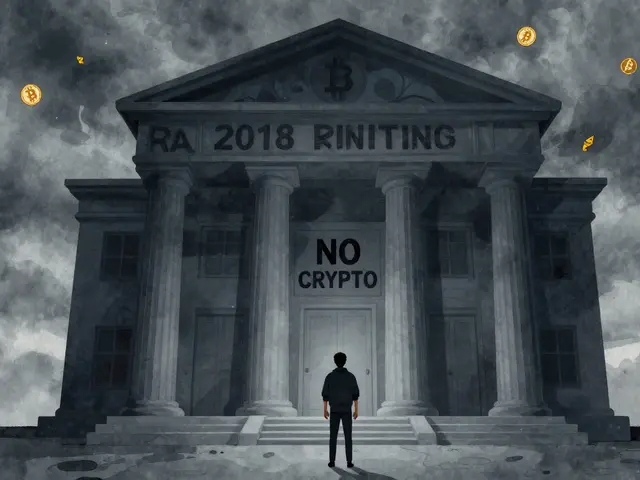Long Position: What It Is and Why It Matters
When working with Long Position, a trading approach that involves buying an asset hoping its price will rise. Also known as going long, it lets traders capture upside potential while limiting downside to the amount invested. In crypto, a long position is the most straightforward way to bet on price growth. You lock in a purchase, hold through volatility, and aim to sell higher. This basic idea connects to several other concepts that shape how profitable or risky a long trade can become.
Key Concepts Linked to Long Positions
First up is Leverage, using borrowed funds to amplify returns on a trade. Leverage directly influences the profit (or loss) of a long position, turning a small price move into a bigger payoff. Next, Margin Trading, the practice of opening a position with a fraction of the total trade value as collateral provides the framework for applying leverage. Without margin, you’re limited to the cash you have on hand, which many traders find restrictive when trying to scale their exposure. Both leverage and margin shape the risk profile of a long position, making Risk Management, the set of tools and habits used to limit potential losses essential. Proper stop‑loss placement, position sizing, and diversification help keep a leveraged long from turning into a costly mistake.
It’s also useful to compare a long position with its counterpart, the Short Position, a strategy where you sell an asset you don’t own, hoping to buy it back cheaper later. While a short profits from price drops, a long profits from rises. Understanding both gives you flexibility to adapt to market direction. The relationship between long and short is a classic semantic triple: a long position **contrasts** with a short position, yet both **require** margin accounts when leveraged. This contrast often guides traders on which side of the market to lean toward based on their outlook and risk tolerance.
Another important link is the concept of profit target—the price level where you plan to take earnings. Setting a clear target turns a vague expectation into an actionable plan. Combine that with a stop‑loss, and you have a full risk‑reward framework that quantifies potential upside versus downside. Many traders use the 2:1 or 3:1 reward‑to‑risk ratio as a rule of thumb, especially when leverage magnifies both sides of the equation. This ratio is a practical metric that connects long positions, leverage, and risk management into a single decision‑making process.
Finally, market context matters. Crypto markets can swing wildly on news, regulatory shifts, or on‑chain activity. Aligning a long position with strong fundamentals—like rising transaction volume, active developer communities, or solid tokenomics—adds another layer of confidence. When you pair a well‑researched asset with disciplined leverage use and solid risk controls, a long position becomes a powerful tool rather than a gamble.
Below you’ll find a curated selection of articles that dive deeper into each of these areas—airdrop opportunities, mining‑friendly jurisdictions, VPN safety, stablecoin mechanics, and more. They’ll help you fine‑tune your long‑position strategy, understand related risks, and stay ahead of market moves.
What is Long (LONG) Crypto Coin? Clarifying the Mystery
There is no recognized Long (LONG) crypto coin. Learn why "long" refers to a trading strategy, how to verify token legitimacy, and what to do if you encounter a supposed LONG token.





